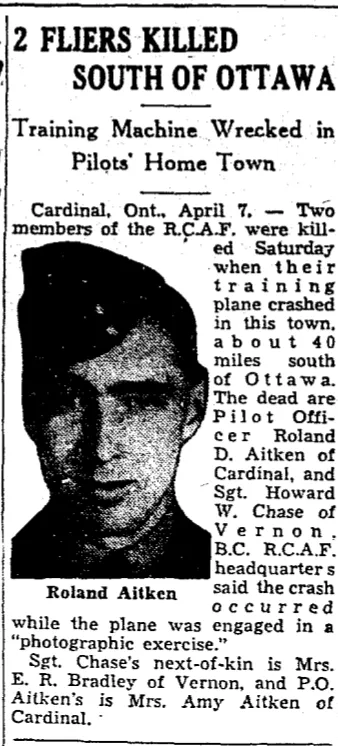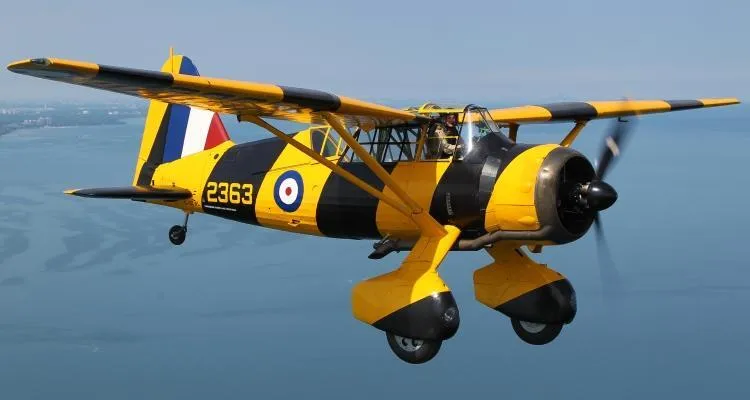Westland Lysander Mk. IIIA
Canadian Warplane Heritage Museum
Westland Aircraft of Yeovil, UK, started to design an Army Cooperation aircraft for the British Air Ministry, in June 1935. The first Lysander flew a year later and demonstrated a remarkable short field performance that today would be seen in a STOL aircraft. At the outbreak of war in September 1939, seven RAF squadrons equipped with Lysanders were sent to France in support of the British Army. In May-June 1940, 118 Lysanders were destroyed in action and 120 aircrew were killed or taken prisoner. These severe losses showed that the old ideas about army support aircraft were out of date and the future lay in fighters like the Hurricane.
The most daring use of Lysanders in WW II was with the Special Operations Executive, which supported the Resistance in German occupied France and Belgium, by flying in agents and picking up escapees. It was during these night operations, that the Lysander came into its own, using its remarkable STOL capabilities to fly into the small fields marked out by the Resistance.
The first Canadian built Lysanders rolled out of National Steel Car factory at Malton, Ontario in September 1939 and later were delivered to RCAF No. 110 (Army Co-operation) Squadron at Rockcliffe, Ontario. In February 1940, No. 110 became the first RCAF squadron to be ordered overseas to Britain, becoming No. 400 Sqn..
By late 1941, most Canadian built Lysanders had been transferred to the British Commonwealth Air Training Plan (BCATP), where they were used for target towing at gunnery training schools. National Steel Car, which became Victory Aircraft, stopped building Lysanders in September 1942, as it started to gear up to manufacture Lancaster bombers. 1,652 Lysanders were built between 1938 and 1943; 225 of them in Canada. Lysanders served with the RAF, RCAF and the RAAF, as well as the air forces of seven other nations.
Canadian Warplane Heritage Museum
 Lysander
Lysander
 Wikipedia Lysander
Wikipedia Lysander
 Harold A Skaarup Web Page
Harold A Skaarup Web Page
 Lysander - Kestrel Publications
Lysander - Kestrel Publications
 Century of Flight Web Page
Century of Flight Web Page
Aircraft Images
Lysander 432
Lysander Mk. II 432
Operated by No. 110 (Army Co-operation) Squadron RCAF Station Rockcliffe, Ontario, December 1939 to February 1940. Did not accompany squadron to England in February 1940. Operated by No. 118 (B) Squadron, from RCAF Station Saint John, New Brunswick, in 1940. Struck off after Category "A" crash near Cardinal, Ontario, on 5 April 1941. The a/c struck trees during low flying and then crashed. Pilot Officer R.B. Aitken and Flight Sergeant N.W. Chase were both killed. Operated by School of Army Co-operation, RCAF Rockcliffe, ON, at time of crash.
1940-02-02 Taken on Strength
2019-08-20
1941-April-05 Accident: RCAF STN ROCKCLIFFE Loc: Cardinal Ontario Names: Aitken | Chase
1941-04-05 Accident Category A
2022-01-17
1941-05-03 Struck off Strength written-off, reduced to spares and produce
2022-01-17



